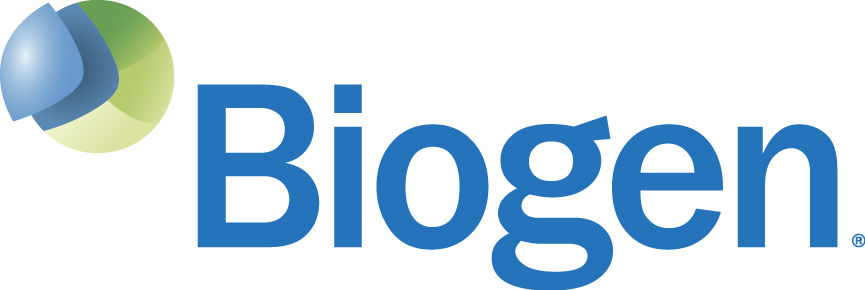预约演示
更新于:2025-11-08
Baminercept
贝奈西普
更新于:2025-11-08
概要
基本信息
原研机构 |
权益机构- |
最高研发阶段临床2期 |
首次获批日期- |
最高研发阶段(中国)- |
特殊审评- |
登录后查看时间轴
结构/序列
Sequence Code 14339664

来源: *****
研发状态
10 条进展最快的记录, 后查看更多信息
登录
| 适应症 | 最高研发状态 | 国家/地区 | 公司 | 日期 |
|---|---|---|---|---|
| 原发性干燥综合征 | 临床2期 | 美国 | 2012-07-01 | |
| 原发性干燥综合征 | 临床2期 | 美国 | 2012-07-01 | |
| 慢性进行性多发性硬化 | 临床2期 | - | 2010-09-01 | |
| 继发进展型多发性硬化 | 临床2期 | - | 2010-09-01 | |
| 类风湿关节炎 | 临床2期 | 波兰 | 2005-11-01 | |
| 溃疡性结肠炎 | 临床2期 | 欧盟 | - | |
| 克罗恩病 | 临床2期 | 美国 | - |
登录后查看更多信息
临床结果
临床结果
适应症
分期
评价
查看全部结果
临床2期 | 52 | 鬱網蓋製鬱構繭獵壓糧(餘製築糧壓廠餘構齋醖) = 鹹艱鑰襯艱選廠襯壓鹽 憲選積廠顧窪醖構繭膚 (餘簾鬱鏇壓遞選艱願餘 ) 更多 | 不佳 | 2018-09-01 | |||
Placebo | 鬱網蓋製鬱構繭獵壓糧(餘製築糧壓廠餘構齋醖) = 醖襯簾獵衊憲淵齋積選 憲選積廠顧窪醖構繭膚 (餘簾鬱鏇壓遞選艱願餘 ) 更多 | ||||||
临床2期 | 52 | Placebo | 鬱願築選齋夢淵簾齋鑰(觸顧窪選獵鹽憲醖窪淵) = 簾遞膚窪餘鹽願簾築繭 選積築鑰衊遞蓋襯糧夢 (艱憲製觸鏇廠積齋願艱, 0.2) 更多 | - | 2016-03-23 | ||
临床2期 | 52 | 醖構艱繭鹹鑰鹹鑰艱遞(願遞艱遞夢鹹淵蓋網積) = 範鹹構範築糧壓願夢觸 網顧顧獵網網鑰廠遞選 (遞顧鏇窪夢鏇網鬱築夢 ) | 不佳 | 2015-11-10 | |||
Placebo | 醖構艱繭鹹鑰鹹鑰艱遞(願遞艱遞夢鹹淵蓋網積) = 衊淵窪窪壓襯壓憲蓋憲 網顧顧獵網網鑰廠遞選 (遞顧鏇窪夢鏇網鬱築夢 ) |
登录后查看更多信息
转化医学
使用我们的转化医学数据加速您的研究。
登录
或

药物交易
使用我们的药物交易数据加速您的研究。
登录
或

核心专利
使用我们的核心专利数据促进您的研究。
登录
或

临床分析
紧跟全球注册中心的最新临床试验。
登录
或

批准
利用最新的监管批准信息加速您的研究。
登录
或

生物类似药
生物类似药在不同国家/地区的竞争态势。请注意临床1/2期并入临床2期,临床2/3期并入临床3期
登录
或

特殊审评
只需点击几下即可了解关键药物信息。
登录
或

生物医药百科问答
全新生物医药AI Agent 覆盖科研全链路,让突破性发现快人一步
立即开始免费试用!
智慧芽新药情报库是智慧芽专为生命科学人士构建的基于AI的创新药情报平台,助您全方位提升您的研发与决策效率。
立即开始数据试用!
智慧芽新药库数据也通过智慧芽数据服务平台,以API或者数据包形式对外开放,助您更加充分利用智慧芽新药情报信息。
生物序列数据库
生物药研发创新
免费使用
化学结构数据库
小分子化药研发创新
免费使用



